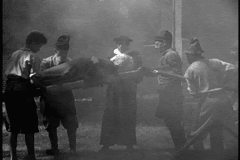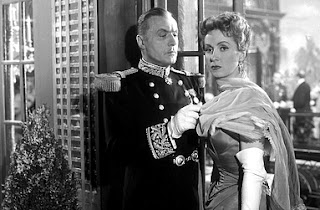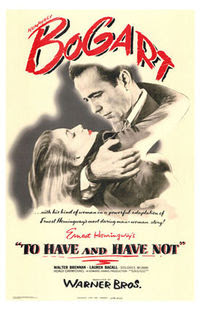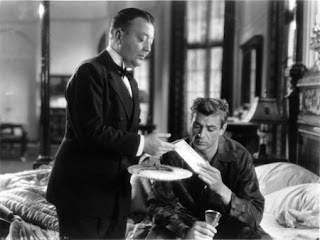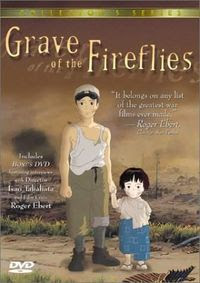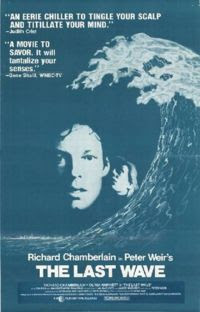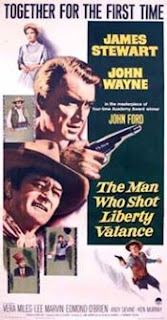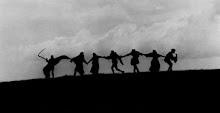Written by: Maxwell Anderson, Angus MacPhail
Starring: Henry Fonda, Vera Miles
Black & White, 105 minutes
Grade: A
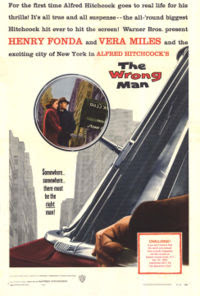
Today, Alfred Hitchcock is considered such a meticulous craftsman and visual stylist that we often lose sight of the fact that he was also one of the most experimental of filmmakers. From the use of Salvador Dali's designs in Spellbound to the theatrical setup and long takes in Rope to the cheap, exploitive look in Psycho to the pioneering sound effects in The Birds, Hitchcock was always pushing audiences and himself to new heights. It was in 1956's The Wrong Man, that his experimentation would hit its zenith. In telling the true story of 'Manny' Balestrero (Fonda), Hitchcock pared his visual style down to the basics, giving the film an almost neorealist, semi-documentary approach. The result is one of Hitchcock's most frightening, and touching, films.
Balestrero is a jazz musician at a night club, a devout Catholic, and a good family man, but he's incredibly unlucky, and he just can't seem to catch a break. Unfortunately, things are only going to get worse. In order to pay for his wife's dental work, Balestrero decides to get the money by borrowing against her life insurance policy. While at the insurance office, an employee mistakes him for the man who has held her up at gunpoint on two separate occasions in the past. The police are contacted, and Balestrero is arrested. Interrogated for hours on end, fingerprinted, and forced to spend the night in jail, Balestrero is at his wits end. After some friends pool enough money together to post bail, Balestrero hires himself a lawyer (Anthony Quayle), and does his best to remember where he was on the days that the robberies took place. His wife Rose (Miles) is faithful, and she does her best to help, but the proceedings eventually begin to take their toll on her sanity. Balestrero is left with a balancing act, trying to juggle his wife's emotional stability while still trying to prove his innocence.
If Notorious is Hitchcock's most romantic film, I Confess his most personal, Vertigo his most subconscious, and Frenzy his most perverse, then The Wrong Man is easily his most realistic accomplishment. Cases of mistaken identity are present in much of his work, but here there are no crop dusters to dodge, no Mt. Rushmore to dangle from, there is only the terrifying realization that, unless a miracle happens, you are being put behind bars. Hitchcock knows that this fact is scary enough on its own, and he makes sure the visuals never call attention away from the story. The direction is simple and matter of fact, and there are only two or three instances (the camera going through a peephole in a jail cell door, a cracked mirror drawing a line through the middle of Fonda's reflection) that make it instantly recognizable as vintage Hitchcock.
Fonda, the great everyman, is fantastic in his performance. You can see the worry in his brow, the shock in his eyes, and the fear deep inside him when his lips tremble. Seeing Fonda play a nice guy is nothing new, but the casting is right, and he gets to the foundations of this character. Vera Miles, the biggest surprise here, is every bit as good as Fonda. We understand she is a loyal wife and mother, but Miles manages to convey something a little darker, and more mysterious. Is she driven mad simply because of the emotional strain, or because she actually begins to believe that her husband is guilty? Miles makes you wonder. While I've appreciated her performances in Psycho and The Man Who Shot Liberty Valance, I've never understood why she was Hitch's first choice for Madeleine/Judy in Vertigo. Now I know.
The Wrong Man is a tense, exciting, and fascinating film. It's not as highly regarded as many of Hitchcock's films, but it is just as essential. It proves, as if we didn't already know, that even though his films may not have always been as "groundbreaking" as some of his contemporaries', he was never to be outdone. He was filmmaker who welcomed change, and thrived on it, and this is precisely why his films are so endlessly fascinating. He may have never received an Oscar, but I defy you to show me a filmmaker whose work holds up as well as his.
